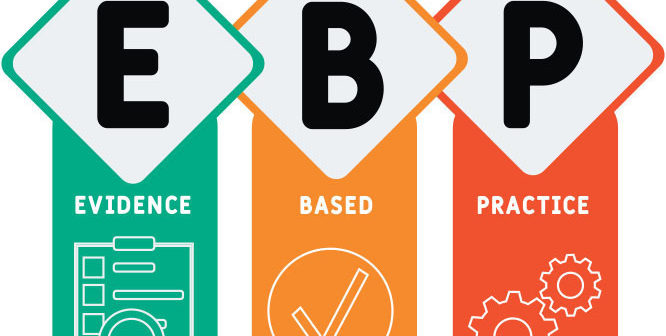Evidence-based Practice in Nursing Profession
Evidence-based Practice in Nursing Profession
Student’s Name:
Institution of Affiliation:
Course Code + Course Title
Instructor’s Name:
Assignment Due Date:
Assignment 2

EBP improves nurses’ capacity for decision-making and their capacity to create personalized care plans that result in effective patient care. According to the literature, nurses value EBP, yet, its application is uneven since it is frequently complicated by a variety of issues, including a lack of facilities, time, funds, support, knowledge, and skills (Alqahtani et al., 2022). Lack of support and supervision can impend the EBP change proposal from continuing to obtain the same desired results 6 months to a year from now. Hospital administrators’ lack of information, guidance, support, and leadership abilities in implementing EBP reduces the sustainability of an EBP project. According to a survey, 27% of nurses said nurse managers do not support the implementation of EBP projects (Alatawi et al., 2020). A total of 91% of nurses said that an EBP mentor or champion is needed in the ICU to improve the efficient implementation of EBP (Alatawi et al., 2020). Lack of support from institutional managers, head nurses, and coworkers may hinder EBP project implementation. Approximately 58% of nurses agreed that one obstacle to implementing EBP was a lack of authority to change practice (Alatawi et al., 2020). Furthermore, the lack of power to alter practice in the critical care unit is a barrier to implementing EBP, according to 34% of nurses, of whom 23% strongly agreed (Alatawi et al., 2020). The evidence stresses the importance of leadership support and supervision to the success of EBP projects. Leaders and administrators should be at the forefront of encouraging EBP change projects in their organization and channeling resources to these initiatives to increase the chances of success.
Lack of education and training is viewed as a hindrance to the implementation of EBP and the continued realization of desired results. Although the training itself may have been a requirement, nurses do not feel completely comfortable using EBP. The supervisors, according to the nurses, did not give more opportunities for nurses to learn more about evidence-based practice enough attention. Approximately 50% of nurses believed that in-service training on EBP would encourage continued use of EBP, and 47% agreed that the critical care unit needed an EBP mentor to conduct searches and share the results with the rest of the staff (Alatawi et al., 2020). Inservice training, according to 50% of participants, would encourage knowledge of and adherence to evidence-based practices (Alatawi et al., 2020). Best-practice recommendations could support evidence-based practices, according to 50% of participants who strongly agreed with this statement (Alatawi et al., 2020). The results imply that continued training and education after implementing the EBP project would help ensure the sustainability and continued realization of the desired outcomes.
References
Alatawi, M., Aljuhani, E., Alsufiany, F., Aleid, K., Rawah, R., Aljanabi, S., & Banakhar, M. (2020). Barriers of implementing evidence-based practice in nursing profession: A literature review. American Journal of Nursing Science, 9(1), 35.https://doi.org/10.11648/j.ajns.20200901.16
Alqahtani, J. M., Carsula, R. P., Alharbi, H. A., Alyousef, S. M., Baker, O. G., & Tumala, R. B. (2022). Barriers to Implementing Evidence-Based Practice among Primary Healthcare Nurses in Saudi Arabia: A Cross-Sectional Study. Nursing reports (Pavia, Italy), 12(2), 313–323. https://doi.org/10.3390/nursrep12020031



